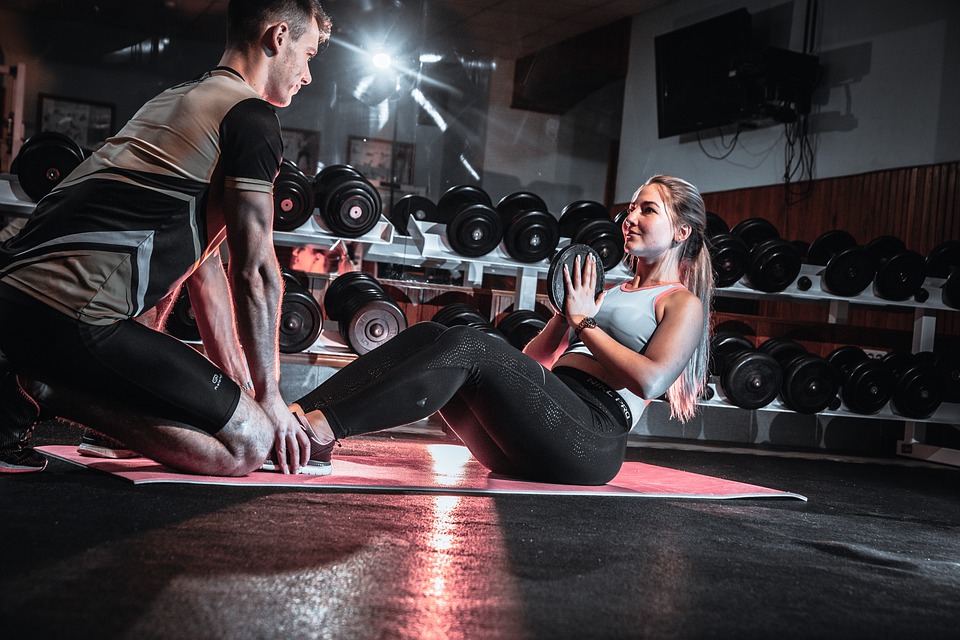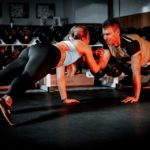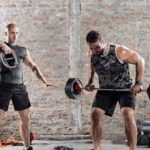Bergsteigen unterscheidet sich von allgemeinen Kurzzeit-Burst-Sportarten, Und es ist eine langfristige Übung, die die Koordination der Muskeln des ganzen Körpers erfordert. Jedes Mal, wenn ich einen Berg erklimme, Der besorgniserregendste Prozess ist es, die steile Bergwand nicht zu überqueren oder mit Gewicht bergauf zu gehen, sondern durch die Höhen und Tiefen der Downhill-Strecke zu gehen. Often when I reach the end or reach the bottom of the mountain, the pain in the knee begins to be intense and significant. Sometimes it even hurts so much that you need a good rest for a few days to get better.
The knee and lumbar spine are the joints most prone to degeneration in the human body, and mountain climbing happens to accelerate the degeneration of these two joints. Take the knee joint as an example, the knee joint is one of the most used key parts of the human body in mountain climbing. Double body weight; Zum Beispiel: a 50kg person will bear about 50kg on the knees when standing still, but this increases to 200kg when climbing a mountain.
Muscles play an important role in stabilizing joints and bearing shocks, so if the muscles are disabled or weak, it is the main cause of knee joint degeneration.
It is not correct to consider that exercise will cause some physical damage without exercising. As long as you cooperate with daily health care and do not overwork yourself, you can have a stronger body and stronger muscles.

Climbing should be done according to one’s ability, not to overuse the knee beyond the tolerable range, and not to give up food because of choking.
Don’t choose not to step into the forest because you are afraid of getting hurt
The most important key to exercise is the usual exercise and maintenance. Under the premise of not overworking and causing injury, the knee joint has a good tolerance for gradually increasing pressure. Zum Beispiel, when running a marathon, the distance between a good athlete and a novice is the same, but after the race, the old bird’s knee joint is fine, but the rookie may cry in pain, because the professional athlete’s knee joint has been trained for a long time. , the accumulated pressure resistance is enough to withstand the marathon. Auf der anderen Seite, the cartilage of the beginners has not yet grown strong, so suddenly coming to a full-marathon or weight-bearing mountaineering is not training for beginners, but too stimulating.
Protect yourself before, during and after climbing
1. Try to climb the mountain slowly, the faster the pace, the greater the impact on the joints.
2. Match with suitable hiking shoes and trekking poles when climbing the mountain; suitable hiking shoes can effectively protect the ankle joint and prevent slipping and shock absorption, so that it is not easy to be sprained on the rugged mountain road; using trekking poles to go up and down the mountain can effectively reduce the impact on the knee joint force.
3. Beginners of mountain climbing, practice walking, weight-bearing, Etc. from the hill.
4. You can carry knee pads, but you still need to actively exercise your core muscles, thigh muscles and gluteal muscles.
5. Before climbing the mountain, be sure to warm up and recall the memory of the muscles.
Too fast climbing rhythm (foot distance) or a single shot to the top (too long distance without proper rest) may put too much pressure on the knee joint.
1. Usually do not lift your feet, do not stand three or seven steps:
Crossing your feet while sitting can easily tilt the pelvis, causing the patella of the knee to valgus and displace, which in turn causes the cartilage to wear down and the knee to degenerate and hurt.
2. Maintain a healthy weight:
The heavier you are, the more pressure your knees need to bear; excess weight increases the pressure on your knees, which in turn accelerates the wear and tear of knee cartilage.
Verwandte Produkte: Pregabalin
 Möchten Sie Fett punktuell reduzieren??–Am Nov 17,2022
Möchten Sie Fett punktuell reduzieren??–Am Nov 17,2022 5 Möglichkeiten, das Selbstwertgefühl Ihres Kindes zu fördern–Am Nov 10,2022
5 Möglichkeiten, das Selbstwertgefühl Ihres Kindes zu fördern–Am Nov 10,2022 Ist Glycerin ein gesunder Süßstoff??–Am Nov 9,2022
Ist Glycerin ein gesunder Süßstoff??–Am Nov 9,2022 Oberstufen: Der Schlüssel zu kürzeren und effektiveren Workouts–Am Okt 24,2022
Oberstufen: Der Schlüssel zu kürzeren und effektiveren Workouts–Am Okt 24,2022 Warum Oxytocin unglaublich ist und wie man mehr davon bekommt?–Am Okt 17,2022
Warum Oxytocin unglaublich ist und wie man mehr davon bekommt?–Am Okt 17,2022












